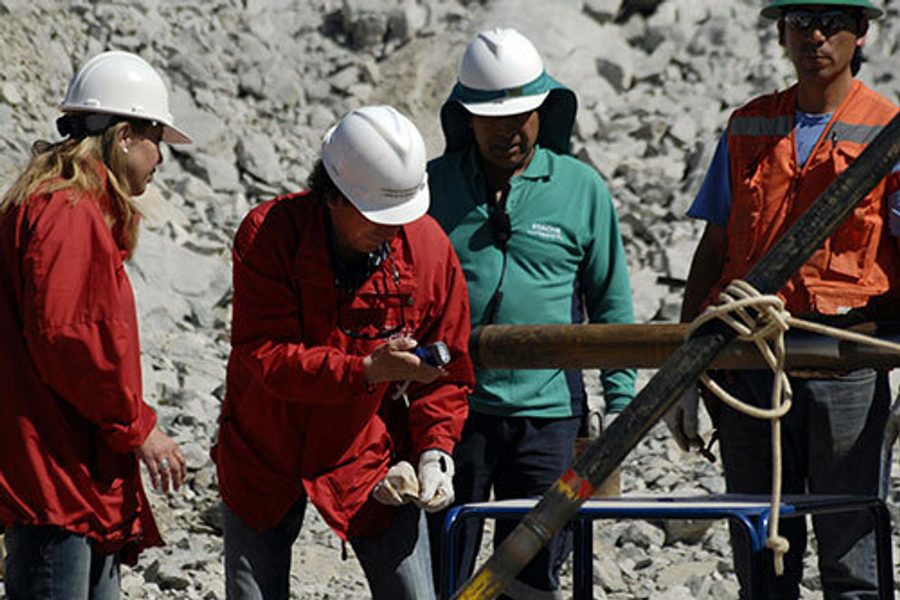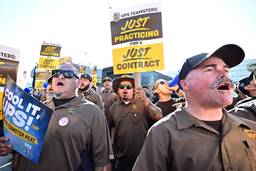
The world rejoiced when 33 Chilean miners were found alive on August 22 in an underground refuge after an explosion in the San Jose copper mine. Chile’s media-savvy president has staked his political career on a successful, and very public rescue effort.
But given the understandable elation of finding the men alive and their protracted rescue, it’s easy to lose sight of the corporate malfeasance that caused the disaster in the first place.
Chile is the world’s leading producer of copper. With the price of copper at a record high, mining companies are scrambling to extract as much ore as they can while the boom lasts. As we saw with BP’s Deepwater Horizon disaster, a rush to make a quick buck is not conducive to safety.
Union leaders say mining is getting more dangerous all over Chile.
Javier Castillo, the secretary of a union that represents miners at another mine owned by San Esteban Primera, said in an interview that managers are proceeding without input from workers. Castillo said he used to work at San Jose, but that he found himself “marginalized” by anti-union practices.The owners of the San Jose mine may face criminal charges for failing to install alternate exist routes, as they were required to do by law.
When the miners first made contact with the outside world, 18 days after the initial explosion, someone had to tell them that the legally mandated emergency ladder didn’t exist. The evacuation exit remained clear for 48 hours and the miners could have escaped during that window, if only they’d had the ladder.
The government had ordered the mine shut down for flagrant safety violations in 2006 and 2007. It only opened up again on the say-so of a junior official who was overstepping his powers. Trade unions had lobbied unsuccessfully to shut down the San Jose mine after a string of fatalities. Local mayor Brunilda Gonzalez alleges that the mine was only allowed to operate because of bribes to regulators.
Now San Esteban Primera warns that it is on the brink of bankruptcy and may not be able to afford to pay the miners. We’re not even talking compensation here. The company is saying that it may not be able to pay the miners their wages while they’re trapped underground for the next several months. Needless to say, the Chilean taxpayers are footing the bill for the epic rescue effort because the company says it’s broke.
The families of many of the trapped miners are suing the mine owners for shoddy safety and the government regulators for insufficient oversight.
“Our main concern is that the comrades (trapped in the mine) get out,” said secretary Castillo. “But there are deeper issues, and the union movement is going to unite, it’s going to be one body, and we’re going to lobby so that from this tragedy a new way of seeing labor relations in Chile emerges.”

I hope you found this article important. Before you leave, I want to ask you to consider supporting our work with a donation. In These Times needs readers like you to help sustain our mission. We don’t depend on—or want—corporate advertising or deep-pocketed billionaires to fund our journalism. We’re supported by you, the reader, so we can focus on covering the issues that matter most to the progressive movement without fear or compromise.
Our work isn’t hidden behind a paywall because of people like you who support our journalism. We want to keep it that way. If you value the work we do and the movements we cover, please consider donating to In These Times.






